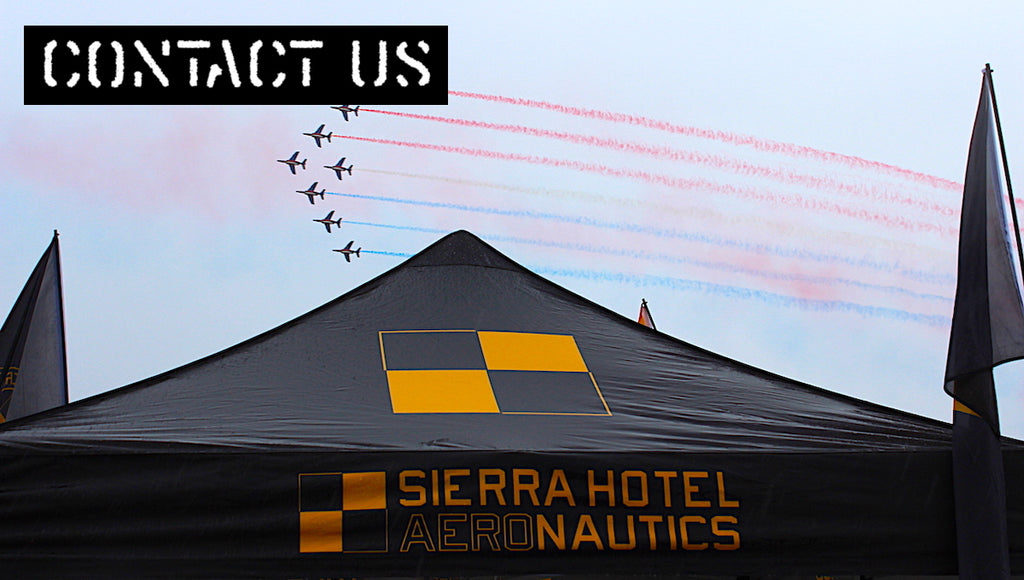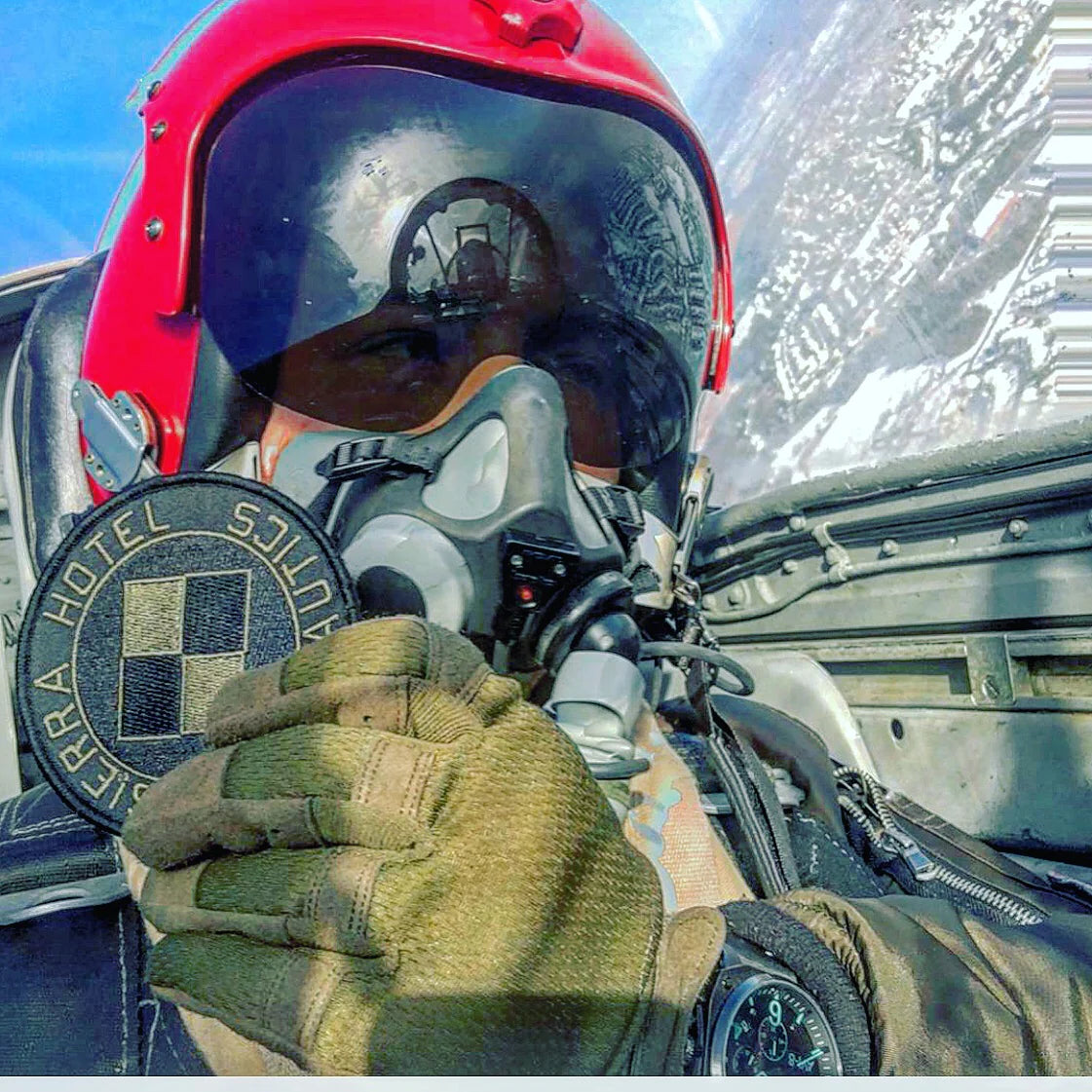Pardo's Push

Captain Bob Pardo (back-seater 1st Lt Steve Wayne) and wingman Captain Earl Aman (back-seater 1st Lt Robert Houghton) from the 8th Tactical Fighter Wing, 433rd Tactical Fighter Squadron, at Ubon Royal Thai Air Force Base, Thailand made aviation history in the skies over Hanoi in 1967. The two were flying their McDonnell Douglas F-4 Phantom II's, two-seat, twin-engine, all-weather, long-range supersonic jet interceptor and fighter-bomber aka “The world's leading distributor of MiG parts” lovingly known as the "Rhino", “Double Ugly”, Ol’Smokey", "The “St Louis Slugger” and “Lead Sled".
March 10th, 1967, the sky was clear for a bombing run on a steel mill in North Vietnam just north of Hanoi. During the course of the mission, both F-4 Phantom IIs were struck by anti-aircraft fire. Aman's Phantom took the worst damage; his fuel tank had been hit, causing his aircraft to bleed fuel, and in too short a period of time, did not have enough fuel to make it to a tanker aircraft orbiting over Laos.

To avoid having Aman and Houghton bail out over hostile territory, Pardo amazingly decided to attempt pushing the crippled Phantom jet. Pardo first tried pushing the plane using Aman's drag chute compartment, but turbulence prevented this.
Next, Pardo tried to use Aman's tail hook to push the plane, the Phantom having been originally designed as a naval aircraft equipped with a heavy-duty tailhook for landings aboard aircraft carriers.
Aman lowered his tailhook and Pardo moved behind Aman until the tailhook was against Pardo's windscreen. Pardo told Aman to shut down both of his J79 jet engines, turning his 60 thousand pound aircraft into a glider. Aman was nearly out of fuel and the engines interfered with Pardo's plan. Aman complied and watched as both his engines wound down. The push worked, reducing the rate of descent considerably, but the tailhook slipped off the windscreen every 15 to 30 seconds, and Pardo would have to delicately reposition his Phantom and gently push his windscreen against the tail hook. All the while, Pardo was struggling with a fire in one of his own engines and eventually had to shut it down. In the remaining 10 minutes of flight time, Pardo used the one last engine to slow the descent of both planes as much as possible.

With Pardo's plane running on fuel vapors after pushing Aman's aircraft almost 88 miles over enemy territory, the planes reached Laos airspace at an altitude of 6000 feet. With only 120 seconds of fuel remaining on his single engine. The two pilots and their back seaters pulled the yellow and black handles and ejected. All crew managed to evade capture and were picked up by rescue helicopters.

Although Pardo was initially criticized for not saving his own aircraft, he and Wayne eventually received the Silver Star for the maneuver, albeit nearly two decades after the incident.














Had an XO that landed one of those F-4’s on the deck, one wing up !
Love those “Flyboys”
Heroes ALL. Who cares about the ‘taxpayer’s F4 WHEN YOU CAN SAVE 2 FELLOW AVIATORS (Buddies), from capture IF not death. Deserved the medals for ingenuity alone! God Bless ‘em, EACH and EVERY one…
Did all four make beer call? Fly Navy…
“YANKEE INGENUITY!”
Leave a comment